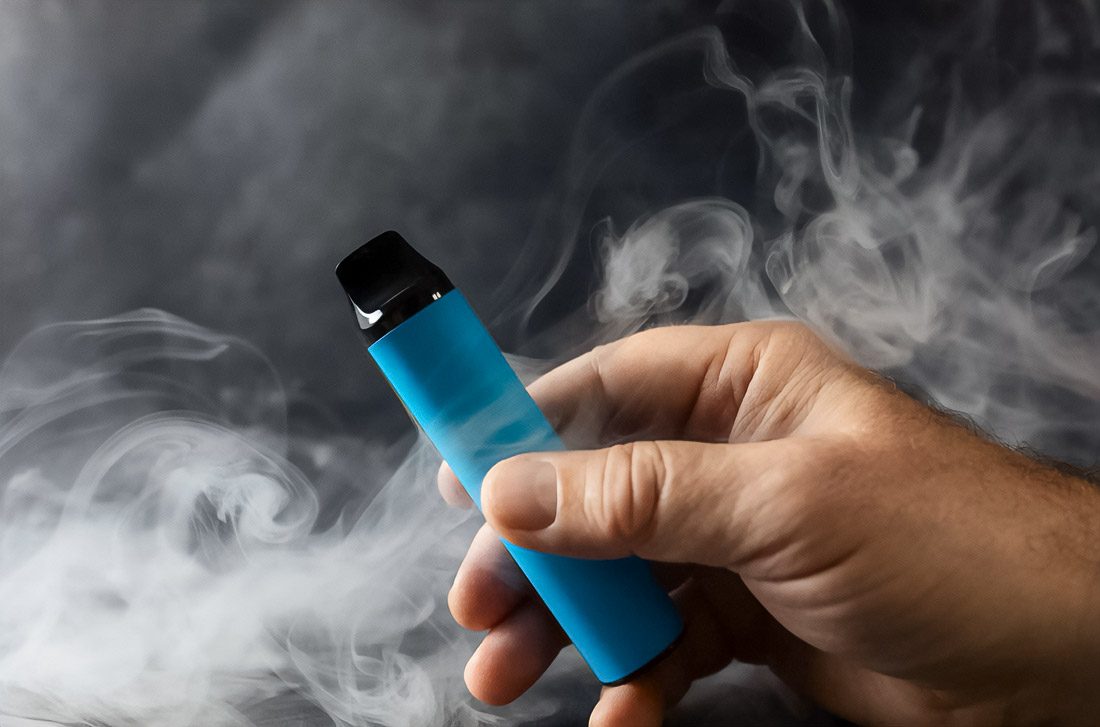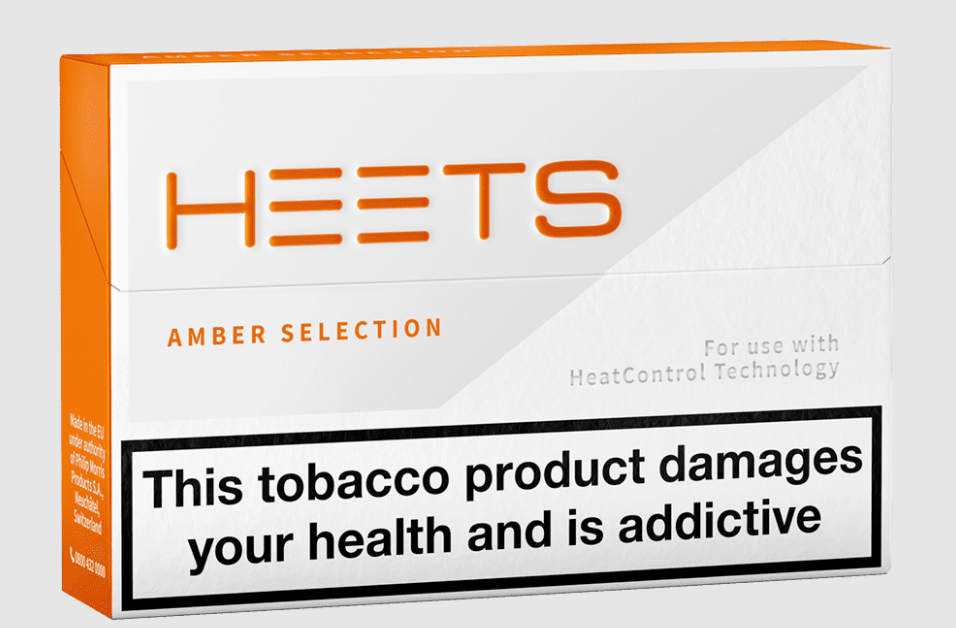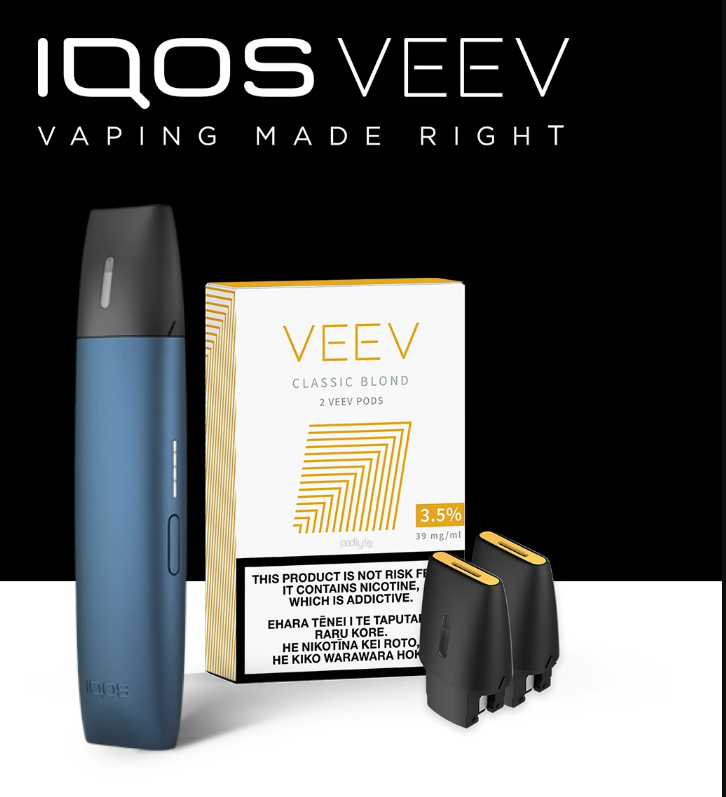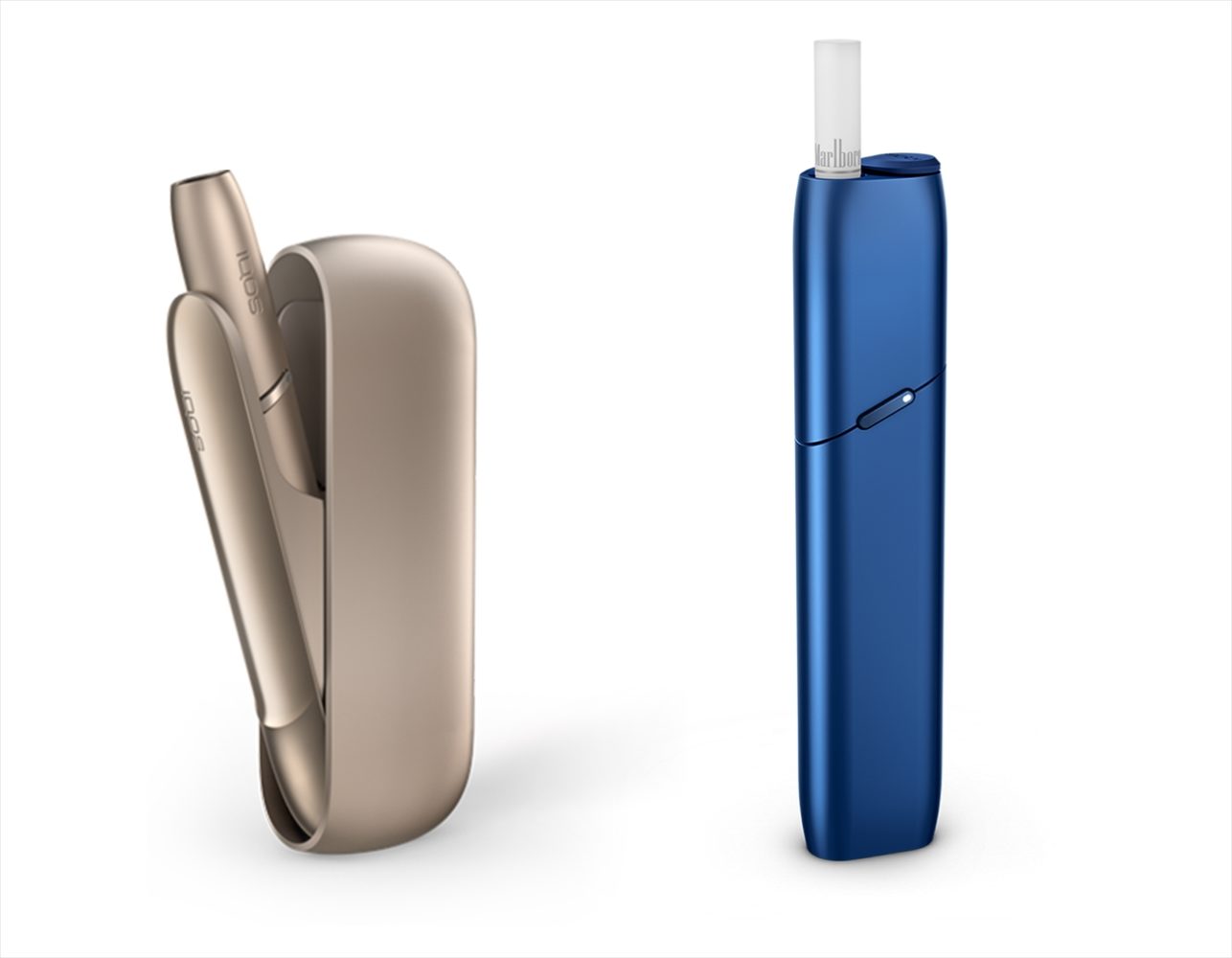Electronic cigarettes conquered the market as a fashionable alternative to traditional smoking. Over 50 million users around the world prefer vaping. Special popularity among them gained disposable vapes, which are often used in search of a safer way to satisfy nicotine addiction. In particular, vape Abu Dhabi has become more in demand.
Page Content
Unexpected popularity of electronic alternative: how vapes became a trend

Electronic cigarettes conquered the market as a fashionable alternative to traditional smoking. Over 50 million users around the world prefer vaping. Special popularity among them gained disposable vapes, which are often used in search of a safer way to satisfy nicotine addiction.
Main problems: what is carbon and its significance
Carbon – these carbon deposits, which form on heating elements, such as coils. According to statistics, 70% of users of sweet vapes face this problem. Formation of carbon is connected with the thermal decomposition of vape liquid ingredients, such as glycerin and propylene glycol. During one session of vaping, up to 0.05 grams of carbon may accumulate on coils.
Sweet temptations: why sweet flavors cause carbon most of all
According to research, 85% of sweet vape-liquids contain sucrose or similar sweeteners. These substances have a special chemical structure, which significantly contributes to the formation of carbon residues. Standardized comparison shows that for users of sweet flavors, the probability of carbon formation is higher by 40% compared to neutral flavors.
Consequences of unpleasant taste and safety threats
Accumulation of carbon may by 30% reduce flavor palette, making it more bitter and unpleasant. The performance of devices is reduced by 25%, which requires more frequent use. Besides, carbon may increase the risk of overheating by 50%, which leads to device failure and potential danger to the user.
Successful cases of fighting the problem of carbon
- One of the manufacturers reduced the content of sweeteners in their liquids, which allowed a reduction in the formation of carbon by 25%.
- Research shows that the use of vapes with temperature setting reduces the chances of formation of carbon deposits by 40%.
Practical solutions and strategies for the prevention of carbon
- Quality of liquids: Switch to more pure liquids, to reduce the probability of carbon formation by 30%.
- Temperature control: Use devices, allowing for a reduced heating temperature, which may reduce thermal decomposition by 20%.
- Replacement of devices: Regular replacement of disposable vapes allows for a reduction of the risk of accumulation of carbon by half.
- Innovations in design: New alloys and materials for coils may reduce formation of carbon by 15%.
- Creation of stable recipes: Formulation of liquids with less tendency to thermal decomposition showed a reduction of carbon by 18%.
Long-term consequences for health and new technologies
Accumulation of carbon may increase the risk of the occurrence of toxic substances by 50%, which affects the respiratory system. For manufacturers, it means the necessity of new quality standards and technological solutions to remain competitive.
Tips for fans of sweet: how to avoid troubles
If you prefer sweet vapes, doctors and experts recommend choosing liquids with fewer sweeteners and more often changing devices. The use of temperature-regulated vapes may reduce the formation of carbon by 35%, which extends the life of your vape device and maintains safe conditions. It will also help improve the overall quality of vaping and prevent dangerous consequences for health.









